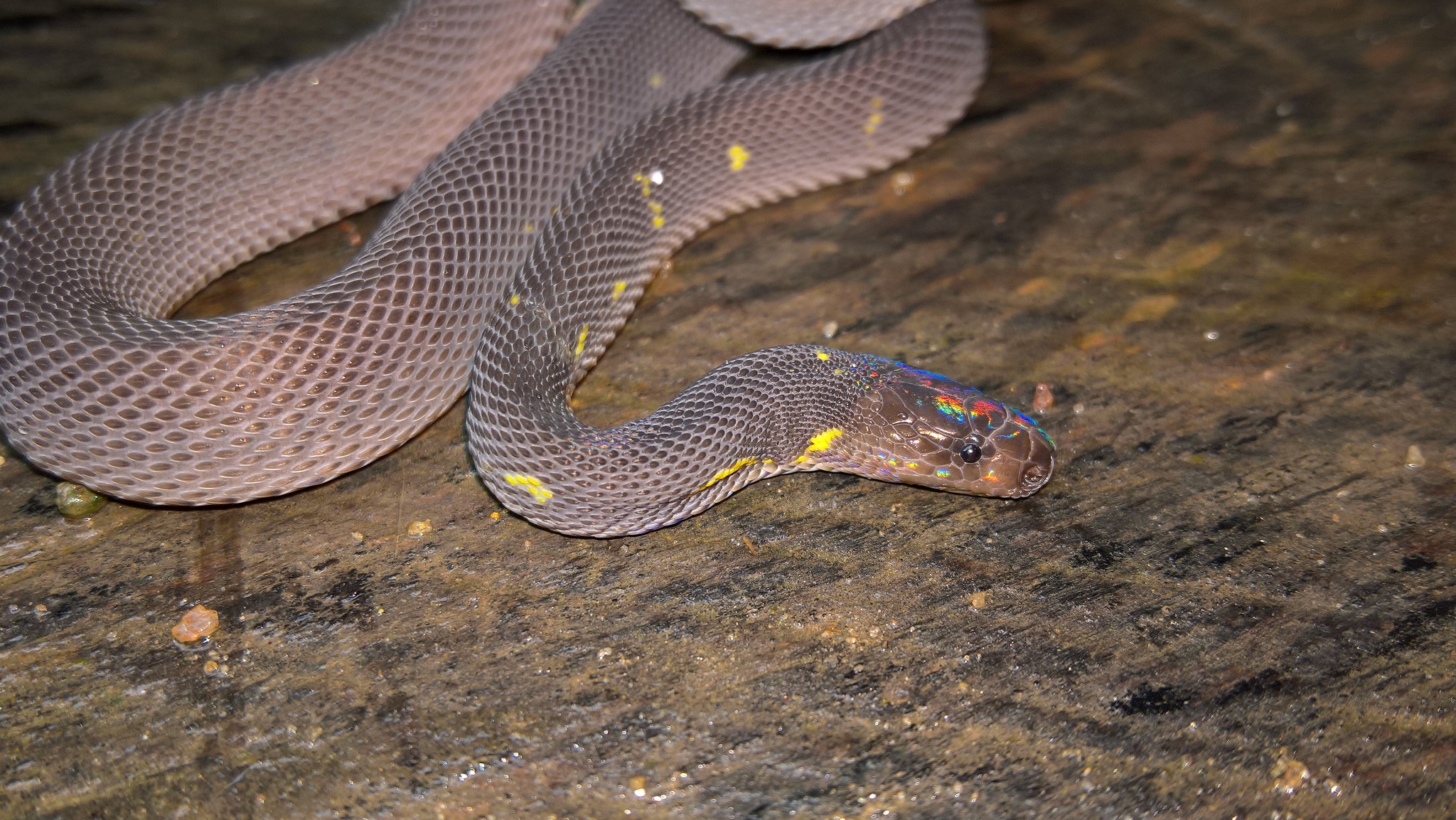Hidden within humid forests and streams, a master of disguise slithers beneath the radar of both predators and prey. The Vietnamese Mossy Frog? No—this is the remarkable Vietnamese Mossy Stone Snake (Parafimbrios lao), a reptile so perfectly adapted to its environment that it virtually disappears against the forest floor. Discovered only in 2015, this cryptic serpent has fascinated herpetologists with its extraordinary camouflage abilities. As we venture into the secretive world of this elusive creature, we’ll uncover how evolution has crafted one of nature’s most effective disguises and why this remarkable adaptation matters in the snake’s precarious existence.
The Remarkable Discovery
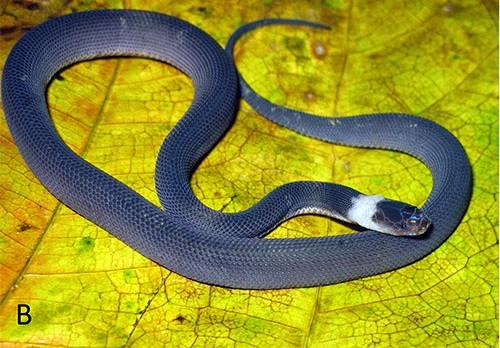
The Vietnamese Mossy Stone Snake, scientifically known as Parafimbrios lao, was first described to science in 2015, making it one of the most recently discovered snake species on our planet. Researchers stumbled upon this cryptic reptile during biodiversity surveys in the limestone karst forests of northern Vietnam and neighboring Laos. The initial specimens were almost overlooked due to their extraordinary camouflage—the herpetologists nearly mistook them for moss-covered stones on the forest floor. This delayed discovery highlights how effectively the snake’s appearance conceals it from not only predators but also from scientific detection. Even today, with targeted research efforts, spotting these snakes in their natural habitat requires exceptional observational skills and knowledge of their preferred microhabitats.
Physical Characteristics That Create Perfect Camouflage
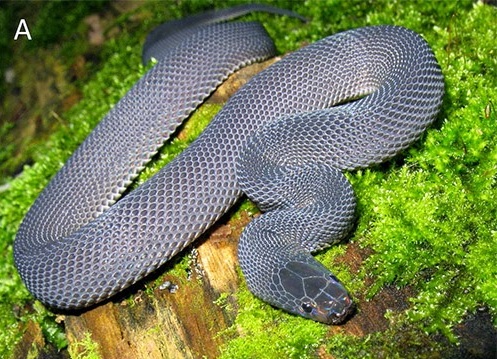
The Vietnamese Mossy Stone Snake possesses one of the most effective camouflage systems in the reptile world, with every aspect of its appearance contributing to its stone-like disguise. Growing to approximately 50-60 centimeters in length, this slender snake displays a base coloration of grayish-brown that perfectly matches the limestone and rocky substrates of its habitat. The most distinctive feature is its highly textured skin, covered with irregular keeled scales that create a rough, uneven surface mimicking the texture of stone with patches of moss. Dark green and brown blotches are scattered across its body in irregular patterns that break up its outline, while small protuberances on its scales further enhance the illusion of a moss-covered rock. When motionless, even experienced herpetologists have difficulty distinguishing the snake from the forest floor, demonstrating the evolutionary perfection of this camouflage system.
Evolutionary Development of the Mossy Disguise
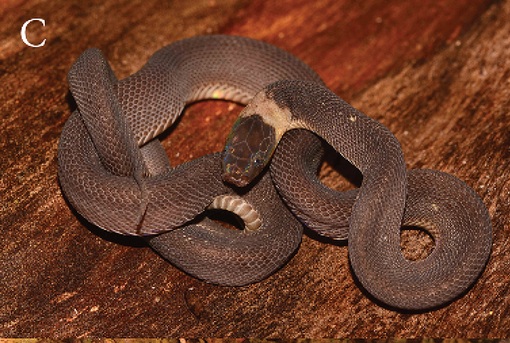
The extraordinary moss-like appearance of the Vietnamese Mossy Stone Snake represents millions of years of evolutionary refinement driven by intense selective pressure. Scientists believe this specialized camouflage was developed through a process called cryptic coloration, where individuals with mutations that better matched their surroundings had higher survival rates, gradually leading to a population with enhanced camouflage traits. The snake’s ancestors likely began with basic color matching to their environment, but over generations, the more complex textured scales and irregular patterns emerged as superior adaptations. This evolutionary process was likely accelerated by the specific threats and environmental conditions of the karst forests where these snakes reside. Interestingly, this represents a form of convergent evolution with certain frog species (like the Vietnamese Mossy Frog) that evolved similar camouflage mechanisms despite being completely unrelated, demonstrating how similar environmental pressures can produce comparable adaptations in different animal groups.
Habitat and Geographic Distribution
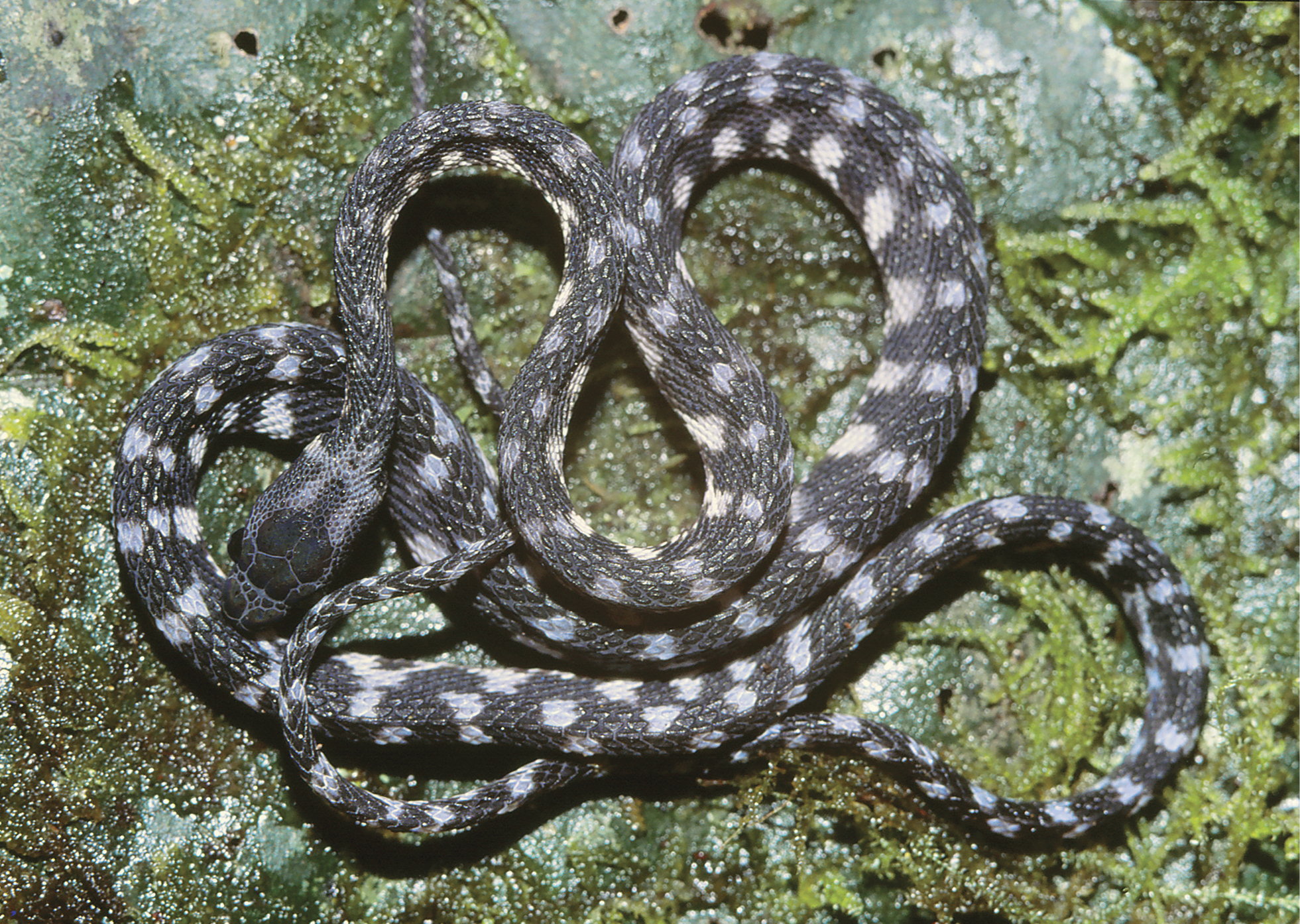
The Vietnamese Mossy Stone Snake inhabits a remarkably specific and limited range within the limestone karst forests of Northern Vietnam and adjacent regions of Laos. These ancient forests, characterized by dramatic limestone formations, create a unique ecosystem with high humidity, moss-covered rocks, and dense vegetation that provides the perfect backdrop for the snake’s specialized camouflage. The species shows a strong preference for forest floors with scattered rocks and abundant leaf litter, typically at elevations between 300-800 meters above sea level. Microhabitat selection is crucial for these snakes, as they require environments that match their appearance for effective camouflage. Unfortunately, their limited geographic distribution makes them vulnerable to habitat loss, as these forests face threats from limestone quarrying, agricultural expansion, and climate change. Current conservation efforts focus on mapping the exact boundaries of their range to establish protected areas that can ensure the survival of this remarkable species.
Hunting Strategies and Prey Selection
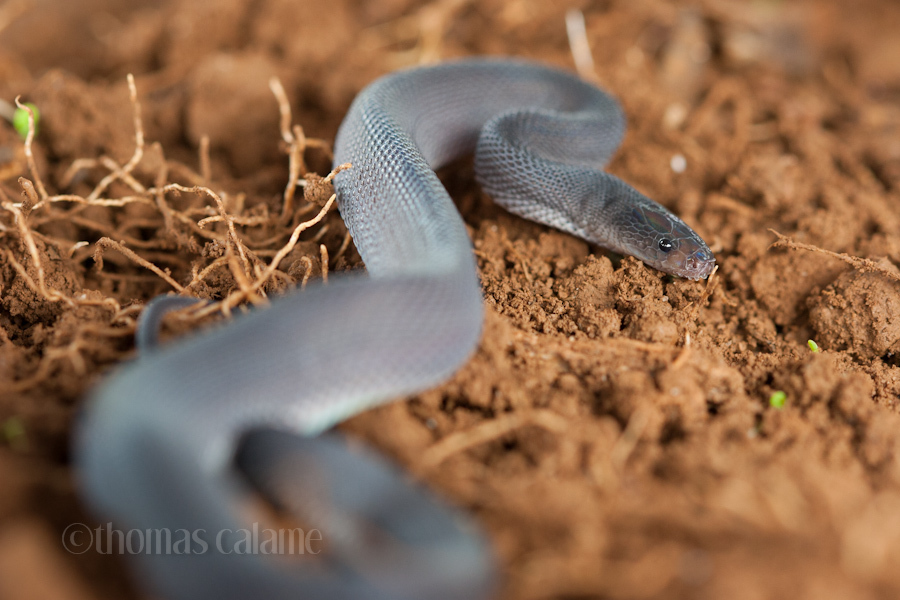
The Vietnamese Mossy Stone Snake has evolved hunting techniques that perfectly complement its exceptional camouflage abilities. As an ambush predator, it remains completely motionless for extended periods—sometimes hours—blending in with the forest floor until suitable prey ventures within striking distance. Their diet consists primarily of small forest amphibians, particularly frogs and salamanders that share their moist habitat, though they occasionally consume small lizards and invertebrates when opportunity presents. Unlike many other snakes that actively forage, these specialized hunters rely almost exclusively on their camouflage and patience, making minimal movements to avoid detection by both prey and potential predators. Interestingly, researchers have observed that during prey capture, the snake strikes with remarkable precision and speed, momentarily breaking its stone-like disguise before quickly returning to immobility. This hunting strategy represents a perfect evolutionary balance between energy conservation and feeding success in their resource-limited environment.
Behavioral Adaptations That Enhance Camouflage
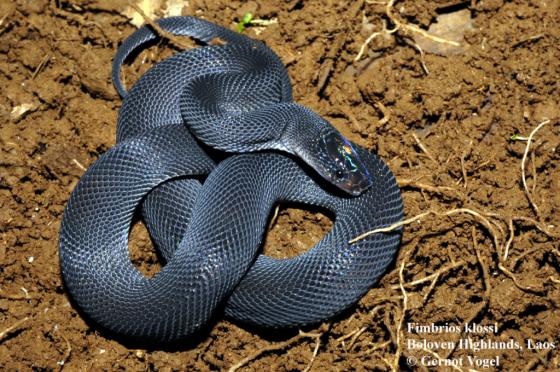
Beyond its physical appearance, the Vietnamese Mossy Stone Snake employs sophisticated behavioral adaptations that maximize the effectiveness of its camouflage. When threatened or hunting, the snake will freeze in position for extraordinarily long periods, sometimes remaining motionless for many hours without the slightest movement that might betray its presence. This stillness is complemented by a unique body positioning strategy where the snake carefully arranges its coils to mimic the irregular shapes of moss-covered stones rather than displaying the typical serpentine form. Another remarkable behavior is their slow, deliberate movement pattern when they do need to relocate—they slide forward with minimal vertical oscillation, maintaining close contact with the substrate to preserve their stone-like appearance. Perhaps most fascinating is their defensive response when detected: rather than fleeing rapidly like most snakes, they often remain frozen, relying on their camouflage even when directly observed, sometimes only moving when physically touched, demonstrating their evolutionary commitment to this specialized survival strategy.
Reproductive Biology and Life Cycle

The reproductive biology of the Vietnamese Mossy Stone Snake remains one of the less-studied aspects of this cryptic species, though researchers have made important observations in recent years. Unlike many other snake species in the region, evidence suggests these snakes are oviparous, laying small clutches of 4-8 eggs in concealed locations beneath rocks or in natural crevices within their limestone forest habitat. Breeding appears to coincide with the onset of the rainy season, when increased humidity creates optimal conditions for egg development and ensures abundant prey for hatchlings. Young snakes emerge with camouflage patterns already well-developed, though slightly brighter than adults, suggesting that their cryptic coloration is innate rather than developing with age. The hatchlings, measuring approximately 12-15 centimeters, must immediately rely on their camouflage for survival as they receive no parental care. While their growth rate and lifespan remain poorly documented due to the challenges of long-term field observation, captive specimens suggest they reach sexual maturity at approximately 2-3 years of age and may live up to 10-12 years in favorable conditions.
Scientific Classification and Related Species
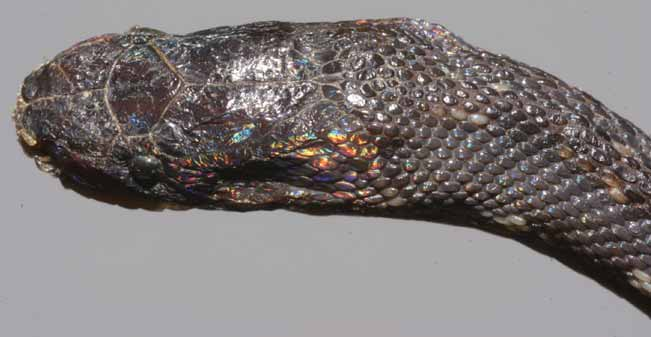
The Vietnamese Mossy Stone Snake belongs to the family Xenodermidae, a relatively small but ancient group of primitive snakes primarily distributed across Southeast Asia. The genus Parafimbrios currently contains only one recognized species (P. lao), though ongoing genetic research suggests potential cryptic species may exist within what we currently recognize as a single species. This snake’s taxonomic placement has been subject to revision since its discovery, initially being classified under different genera before detailed morphological and genetic analysis confirmed its unique status. Interestingly, while several other snake species employ forms of camouflage, the Vietnamese Mossy Stone Snake represents perhaps the most extreme specialization for resembling moss-covered rocks. Its closest relatives show some similar adaptations but lack the elaborate textural modifications and precise color patterns that make this species so remarkable. Phylogenetic studies indicate that this specialized camouflage likely evolved independently rather than being inherited from a common ancestor, highlighting the power of convergent evolution in creating specialized adaptations.
Challenges in Scientific Study
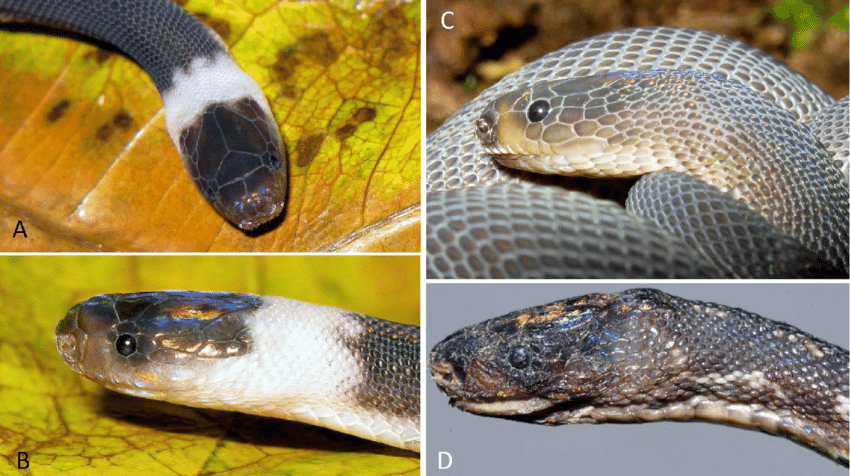
Researching the Vietnamese Mossy Stone Snake presents herpetologists with exceptional challenges that have limited our understanding of this fascinating species. The primary difficulty lies in simply locating specimens in the wild, as their camouflage is so effective that even trained researchers frequently overlook them despite dedicated search efforts. This elusiveness makes gathering basic ecological data, such as population density, home range size, and activity patterns, extraordinarily difficult compared to more visible snake species. Ethical considerations further complicate research, as disturbing these rare snakes or temporarily removing them from their habitat for study could potentially impact their survival. The remote, rugged limestone karst landscapes they inhabit present physical challenges for researchers, with difficult terrain limiting access to potential study sites. Additionally, the political complexities of conducting fieldwork in regions along the Vietnam-Laos border, where permits can be difficult to obtain and research infrastructure is limited, create logistical hurdles. Despite these obstacles, dedicated herpetologists continue to develop innovative, minimally invasive study methods, including environmental DNA sampling and specialized photography techniques, to expand our knowledge of this cryptic species.
Conservation Status and Threats
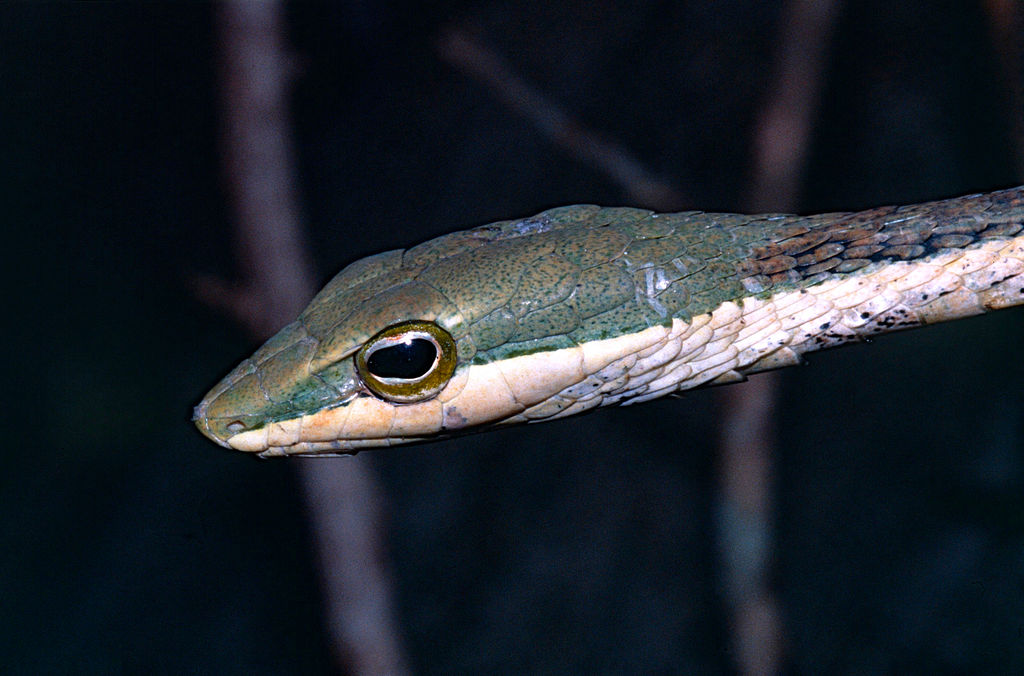
The Vietnamese Mossy Stone Snake faces significant conservation challenges despite its remarkable adaptive camouflage. Currently listed as Data Deficient by the IUCN due to limited information on population size and trends, conservation biologists nevertheless express concern about its long-term prospects. The primary threat to this species comes from habitat destruction, particularly limestone quarrying for cement production, which irreversibly destroys the karst formations that constitute their specific habitat requirements. Illegal collection for the exotic pet trade represents another growing threat, as the snake’s unusual appearance makes it desirable to collectors, with specimens commanding high prices in underground wildlife markets. Climate change poses a more insidious threat, as the specific microclimate conditions required by these moisture-dependent snakes, particularly consistent humidity and temperature, may be disrupted by changing weather patterns. Additionally, their extremely specialized nature means they cannot easily adapt to modified habitats or relocate to new areas when their native forests are disturbed. Conservation efforts currently focus on habitat protection within their limited range and educational programs for local communities to recognize and appreciate these remarkable reptiles.
Ecological Importance in Forest Ecosystems
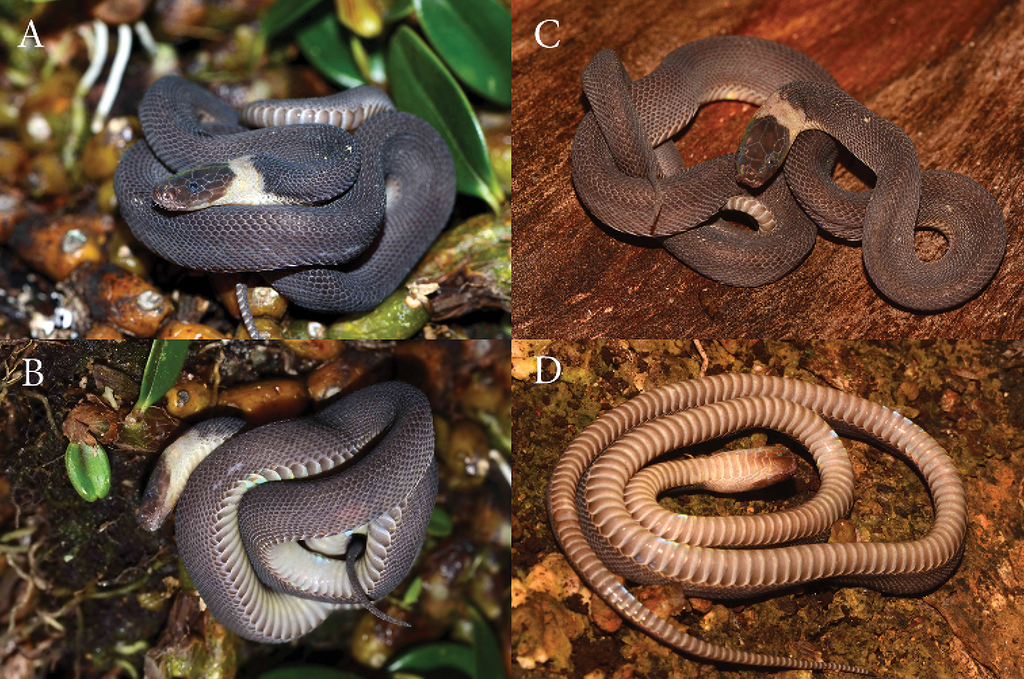
Despite its small size and cryptic nature, the Vietnamese Mossy Stone Snake plays several important ecological roles within its limestone forest ecosystem. As a predator of small amphibians and invertebrates, it helps regulate populations of these species, preventing any single prey type from becoming overabundant and potentially disrupting the delicate ecological balance. The snake itself serves as prey for larger forest predators such as birds of prey, wild cats, and larger snakes, forming a crucial link in the food web that transfers energy through the ecosystem. Its specialized nature makes it an excellent bioindicator species—its presence or absence can signal the health of the limestone karst forest ecosystem, as it requires specific microhabitat conditions to survive. Furthermore, evolutionary biologists view this snake as a living laboratory for studying the development of extreme specialization and the trade-offs between specialized adaptation and ecological flexibility. The protection of this unique serpent, therefore, contributes not only to biodiversity conservation but also to the preservation of ecological processes and scientific knowledge that might otherwise be lost if the species were to decline.
Parallels in Other Camouflage Specialists

The Vietnamese Mossy Stone Snake’s remarkable camouflage finds interesting parallels across the animal kingdom, demonstrating how similar evolutionary pressures can produce comparable adaptations in unrelated species. Perhaps the most striking example is the Vietnamese Mossy Frog (Theloderma corticale), which inhabits similar environments and has evolved nearly identical moss-like patterns and textured skin despite being an amphibian with a completely different evolutionary history. The Leaf-tailed Gecko (Uroplatus) of Madagascar exhibits comparable substrate-matching abilities, with skin flaps and mottled patterns that help it disappear against tree bark. In the invertebrate world, certain species of stick insects and the Moss Mimic Walking Stick (Trychopeplus laciniatus) achieve similar levels of substrate mimicry. Marine environments offer the Leafy Sea Dragon, which perfectly mimics floating seaweed. What makes these parallel adaptations particularly fascinating to evolutionary biologists is how they demonstrate convergent evolution—the independent development of similar traits in unrelated organisms facing similar environmental challenges. The Vietnamese Mossy Stone Snake represents perhaps one of the most perfect examples of this evolutionary phenomenon, having achieved a level of substrate mimicry that ranks among the most effective camouflage systems in the animal kingdom.
The Future of This Cryptic Species
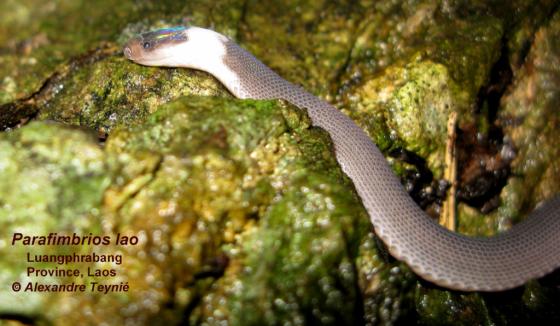
The future of the Vietnamese Mossy Stone Snake balances precariously between its remarkable adaptive success and the mounting pressures threatening its specialized habitat. Conservation biologists have outlined several critical actions needed to secure this species’ survival, including the establishment of protected areas specifically designed to encompass the limestone karst ecosystems where these snakes occur. Encouragingly, several international conservation organizations have begun collaborating with Vietnamese and Laotian authorities to conduct more comprehensive population assessments and implement targeted protection measures. Technological advances in survey techniques, including environmental DNA sampling and specialized infrared imaging that can detect reptiles based on their thermal signatures, offer promising new ways to study these elusive snakes without disturbing them. Public education represents another important focus, with local conservation groups working to transform the snake’s image from an obscure reptile to a flagship species representing the unique biodiversity of Southeast Asian karst forests. Perhaps most promising is the integration of sustainable economic activities, such as carefully managed ecotourism, that provide local communities with financial incentives to protect rather than exploit these forests and their remarkable inhabitants.
The Vietnamese Mossy Stone Snake represents one of nature’s most extraordinary examples of specialized adaptation. Its perfect disguise—evolved over millions of years—allows it to disappear in plain sight, a living stone among stones. Yet this remarkable specialization also creates vulnerability in a rapidly changing world. As limestone forests face growing threats, the future of this cryptic serpent depends on our ability to recognize and protect the delicate ecosystems it inhabits. In preserving this master of camouflage, we safeguard not just a fascinating species but a living example of evolution’s creative power and the intricate connections that sustain life in Earth’s most diverse forests.

